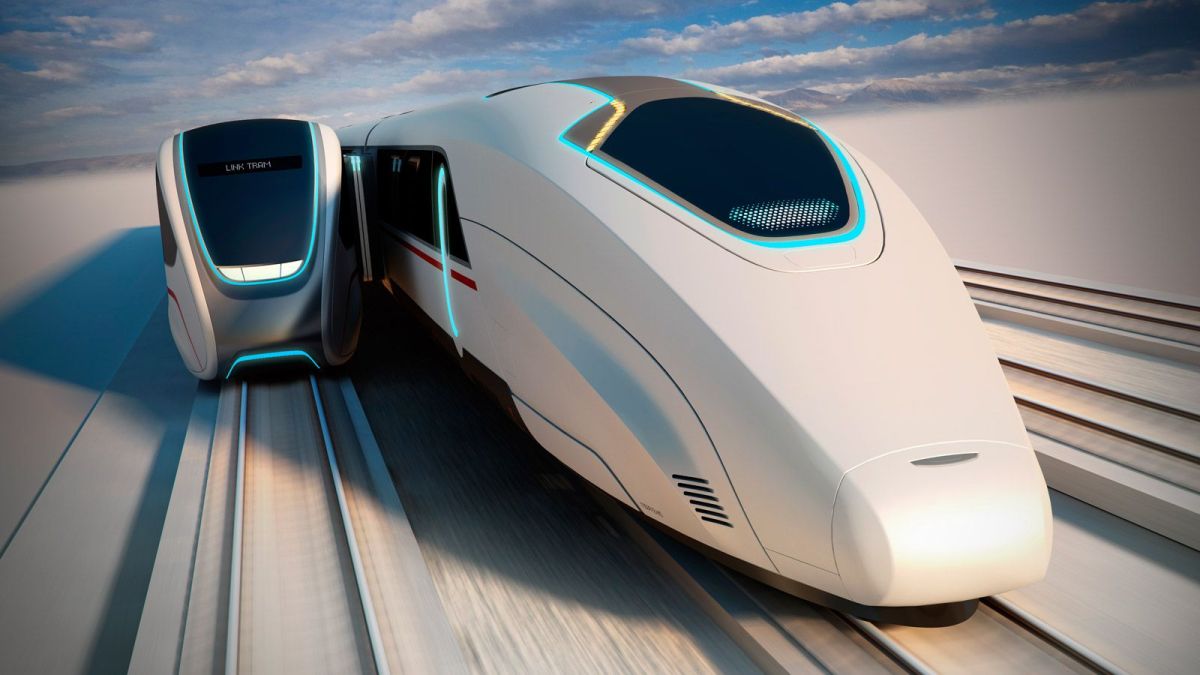The goal of China is to make high-speed rail the preferred option for domestic long-distance travel, but the significance of these new lines is far greater.
Similar to Japan’s Shinkansen in the 1960s, they represent the nation’s growing economic might, fast modernization, technological prowess, and wealth.
High-speed rail is a potent tool for social cohesiveness, political influence, and the mainstreaming of diverse regions with different cultures, according to China’s ruling Communist Party and its leader Xi Jinping.
According to Dr. Olivia Cheung, research scholar at the China Institute of the University of London’s School of Oriental and African Studies, “the construction of these new trains constitutes part of Xi Jinping’s broad aim of ‘integrating the huge national market'” (SOAS). “Coordinated development is a major concept in his ‘new development philosophy,’ which is also expected to be reflected in this.
“His plan is ambitious in that it goes beyond simply linking current towns to new mega-towns that are being built from the ground up. The Xiong’an New Area in Hebei province, some 60 miles southwest of Beijing, is one well-known example of something in which Xi takes great satisfaction.
In that regard, it may be claimed that China is retracing the steps taken by earlier railroads in North America, Europe, and the colonies of European empires.
Political and military requirements, as well as economic development, had a significant impact on the development of railway networks in Russia, most notably the Trans-Siberian Railway, as well as Prussia, France, Italy, and the British Empire, among other countries.
China, on the other hand, has accomplished what took decades in the 19th and early 20th centuries in a matter of years.
According to train travel specialist Mark Smith, often known as “The Man in Seat 61,” “The Chinese have built a whole high-speed rail network on an unparalleled scale — often faster and unquestionably more dependable than Chinese domestic planes.”
The sheer size of some of the new stations and the efficiency with which the system transports large numbers of passengers—all with a reserved seat and increasingly without the need for paper tickets, just the scanning of an ID card or passport at the ticket gates—make it difficult not to be impressed.
To build its network, China initially resorted to high-speed equipment imported from Europe and Japan. Given the potential magnitude of the new market and China’s ambitious aspirations, it was understandable that global train engineering behemoths like Bombardier, Alstom, and Mitsubishi were eager to collaborate.
However, because to the astounding growth of their home networks over the past ten years, local firms have emerged as global leaders in high-speed train engineering and technology.
China is incredibly large, with vastly different terrain, geology, and climate patterns that have provided China’s railway engineers with significant difficulties.
China’s engineers have quickly gained extensive experience in navigating railways over, under, and through whatever terrain stands in their path, from the occasionally frozen Harbin in the far north to the nearly tropical humidity of the Pearl River Delta megalopolis to the 1,776-km Lanzhou-Urumqi line traversing the Gobi Desert.
Although China’s centralised state funding, planning, and approval allows it to avoid the never-ending legal disputes that have plagued projects in Europe and the United States for decades, that rapid growth has not been without its challenges. On the other hand, new lines pay little attention to existing communities along their route.
The fatal Wenzhou disaster in July 2011 involved two trains that collided on a viaduct, derailed, and sent four coaches plummeting to the ground below, killing 40 passengers and injured almost 200 others. This accident was caused by China’s high-speed developing pains.
The incident significantly damaged public faith in high-speed rail, leading to a general speed reduction and the temporary stoppage of new line construction while an official inquiry is conducted. However, no significant incidents have been documented in the ensuing ten years, and as the network has grown, passenger numbers have increased dramatically.
The statistics are frequently mind-boggling for someone accustomed to the size of conventional railway construction.
In fewer than five years, the $13.5 billion, 815-kilometer Zhengzhou East-Wangzhou line was built.
With the completion of the 3,490-kilometer high-speed rail link between Jiangsu province and Urumqi in the Xinjiang Uighur Autonomous Region, the new 180-kilometer Xuzhou-Lianyungang line opened in February. Trains can now travel from Beijing to Harbin in the north in under five hours, travelling 1,700 kilometres at an average speed of 340 kph.
By the end of the year 2020, China National Railways was running about 9,600 high-speed trains daily, including the only high-speed overnight sleeper services in the world on a few longer-distance lines.
More than 80% of the track is elevated on some lines, flying above congested urban areas and priceless agricultural land on interminable concrete viaducts. Additionally, more than 100 tunnels, each over 10 kilometres long, have been bored. Spectacular long-span bridges have also been built over natural barriers like the
